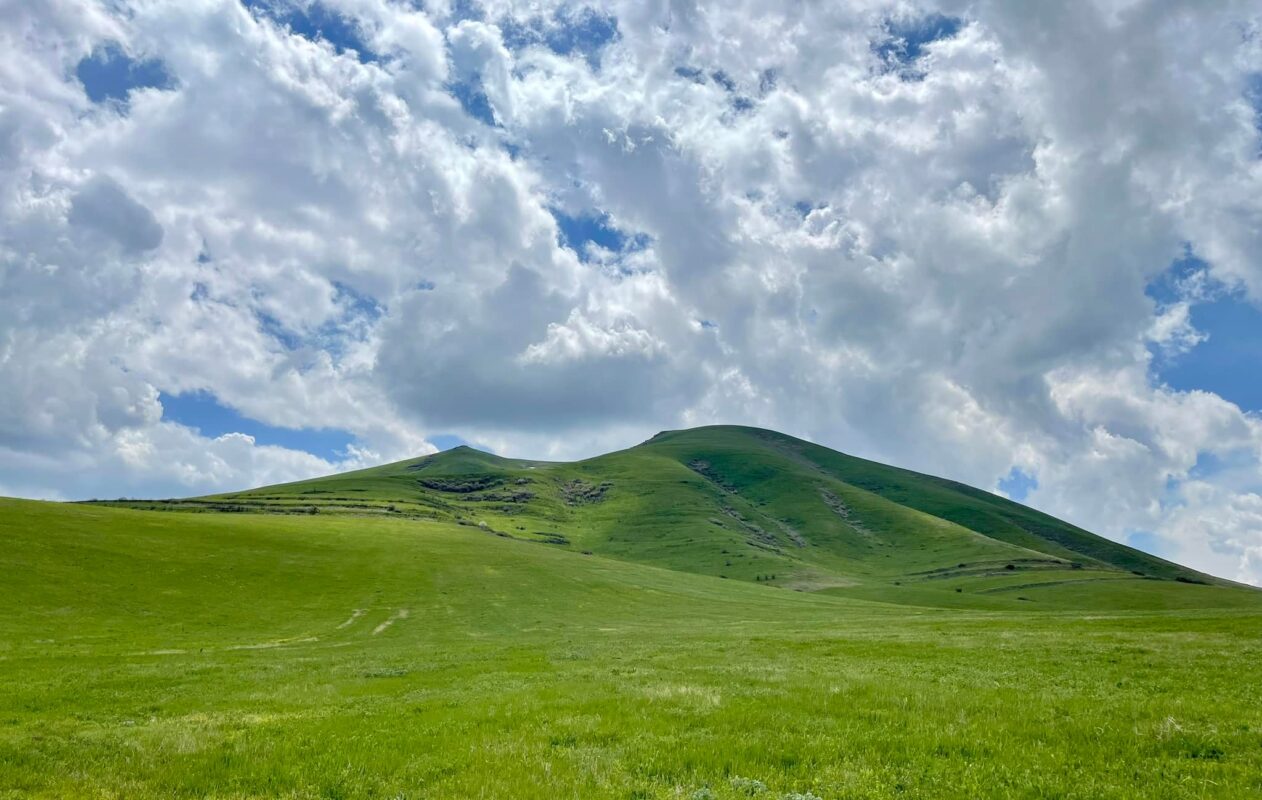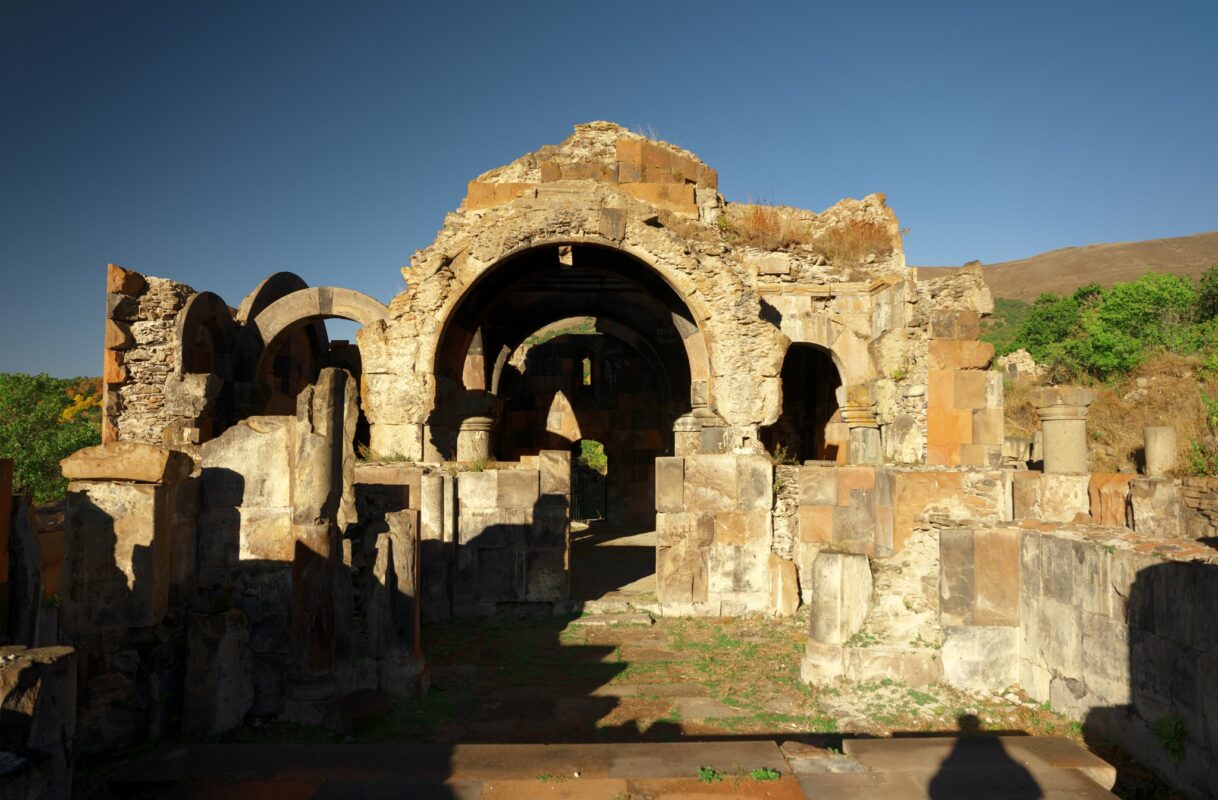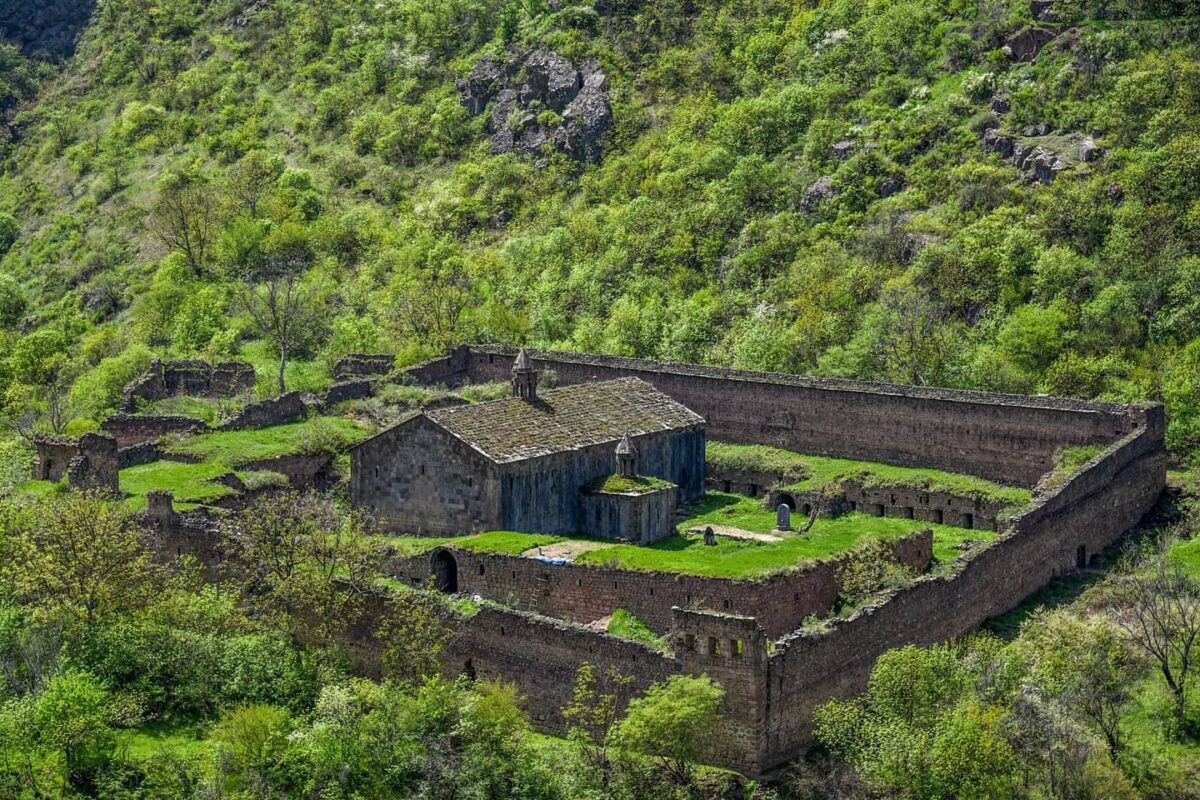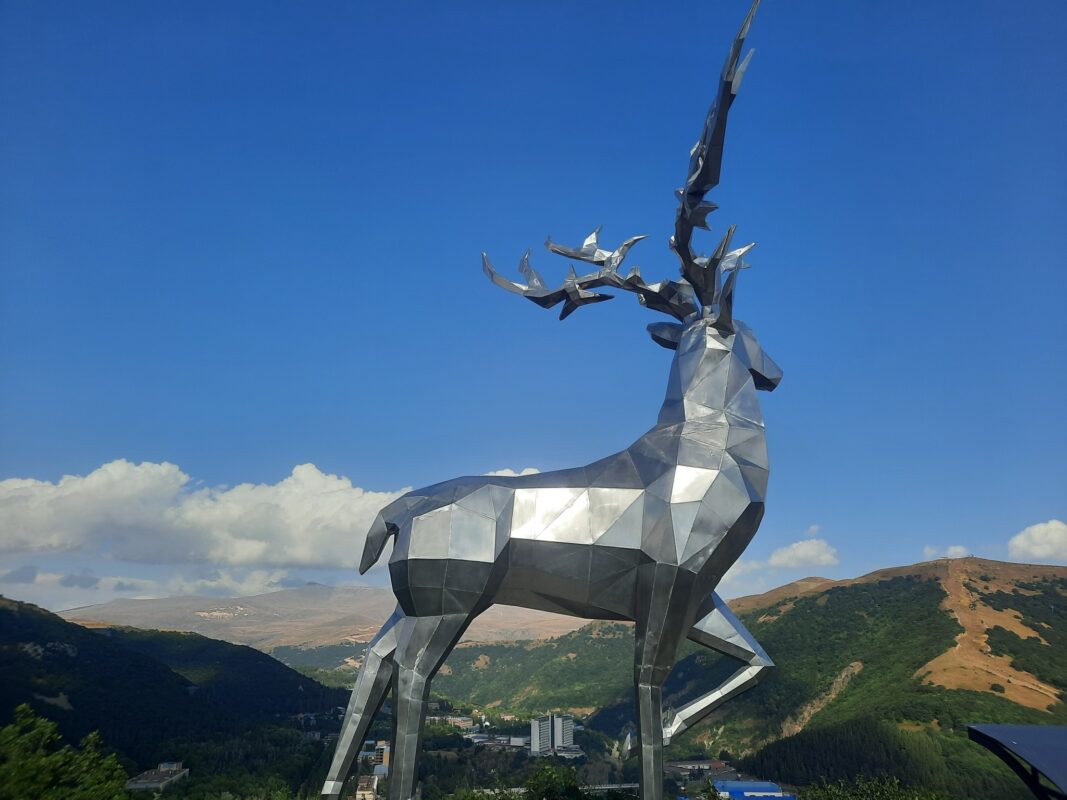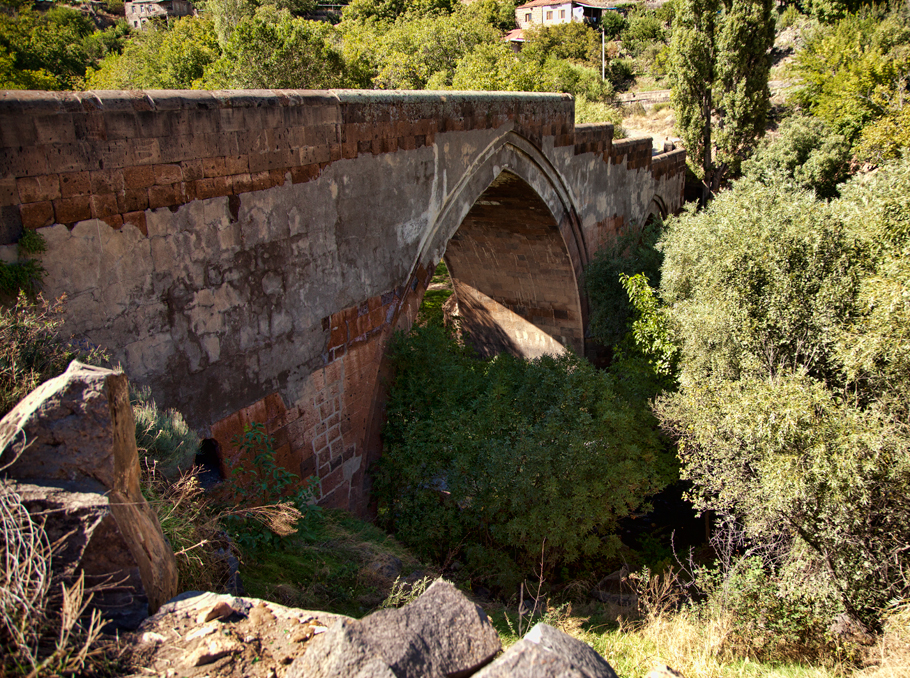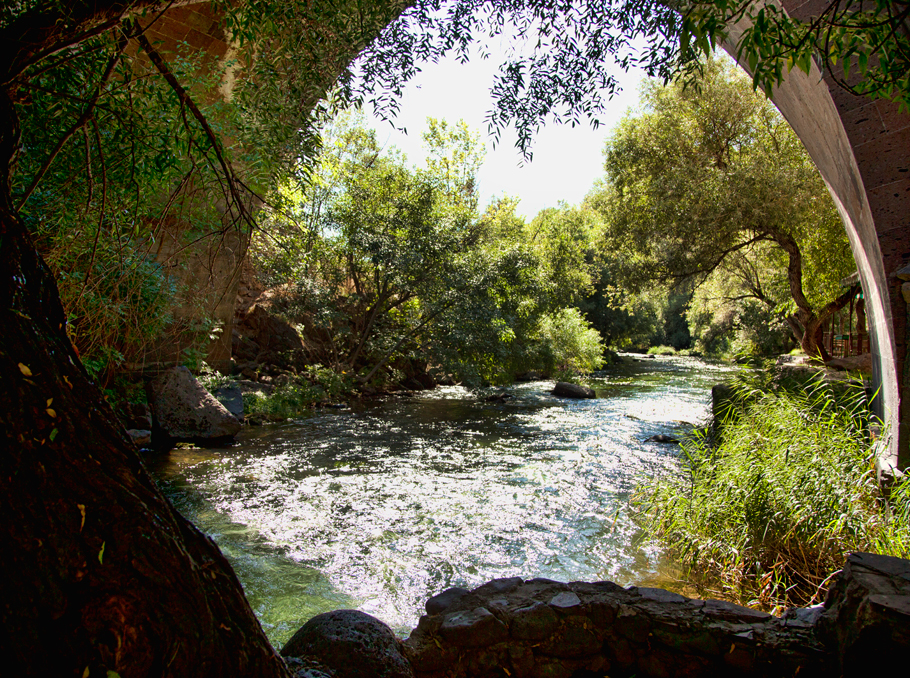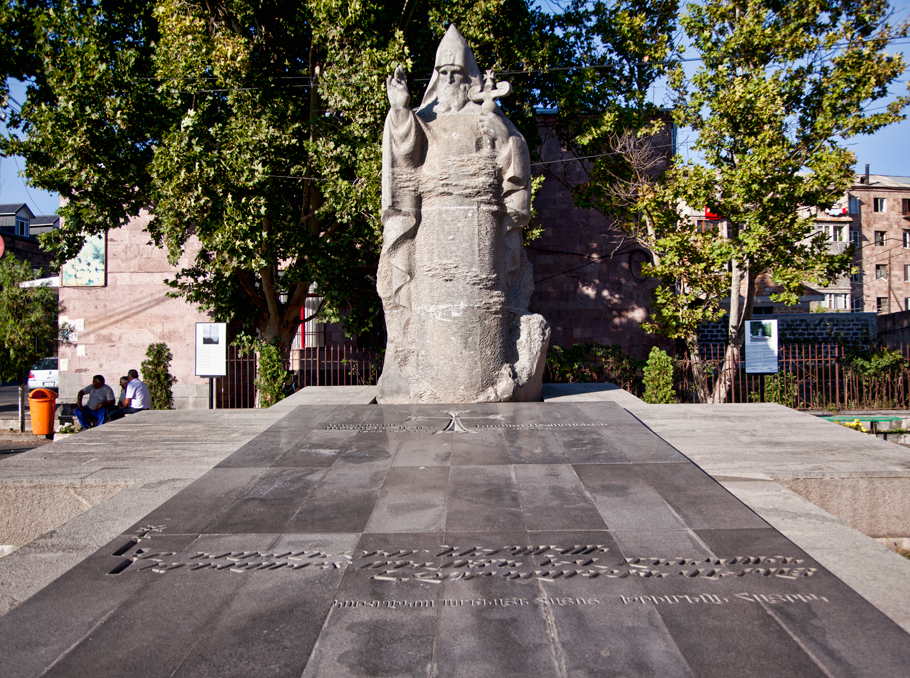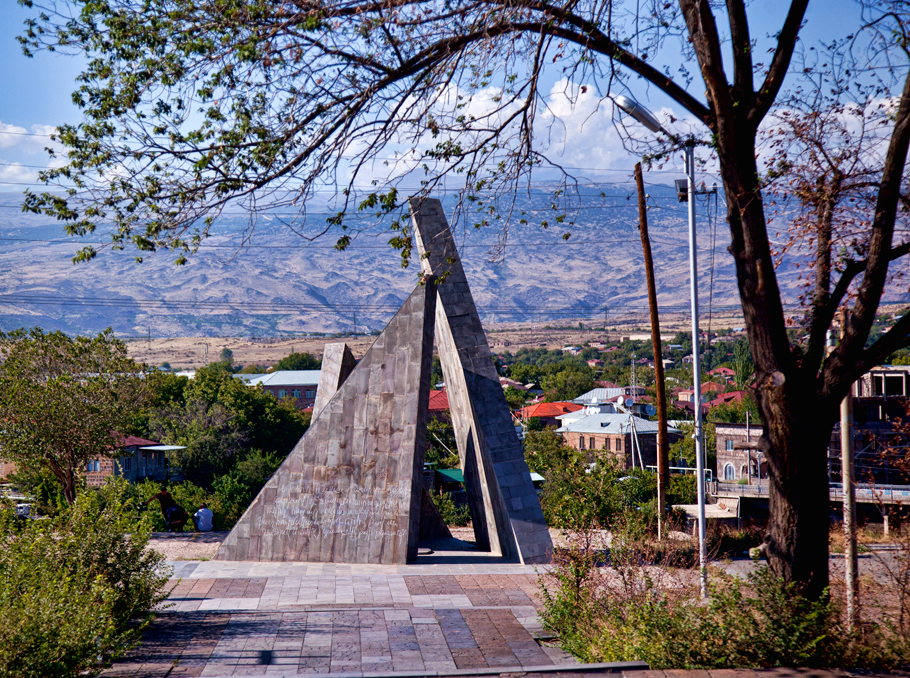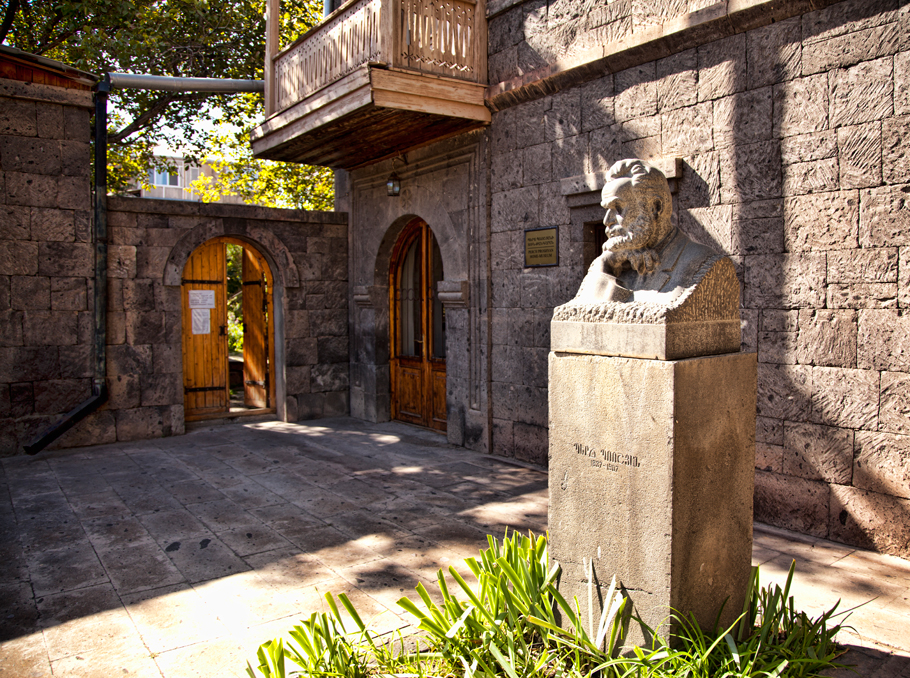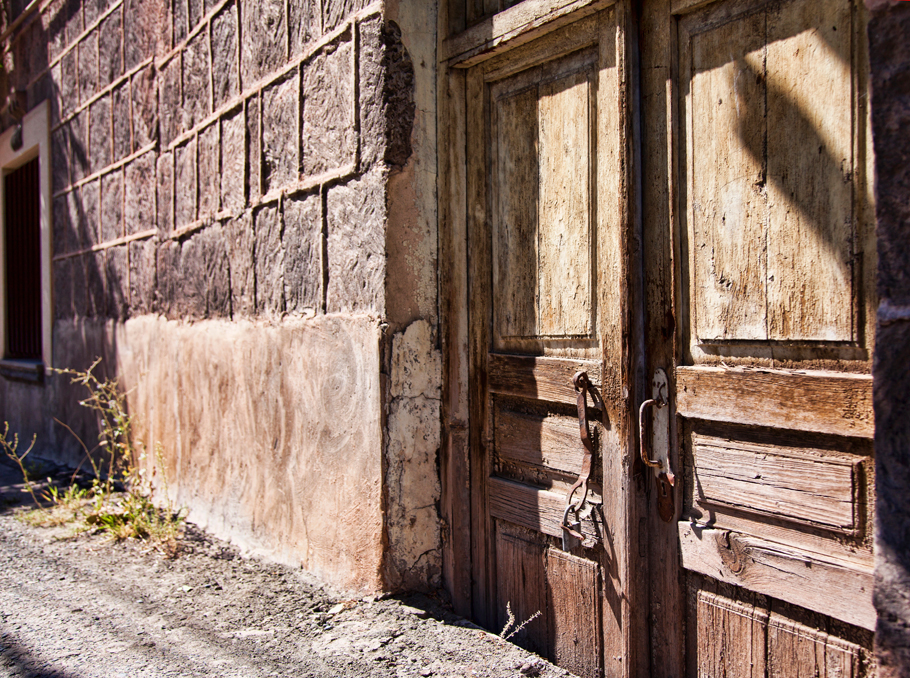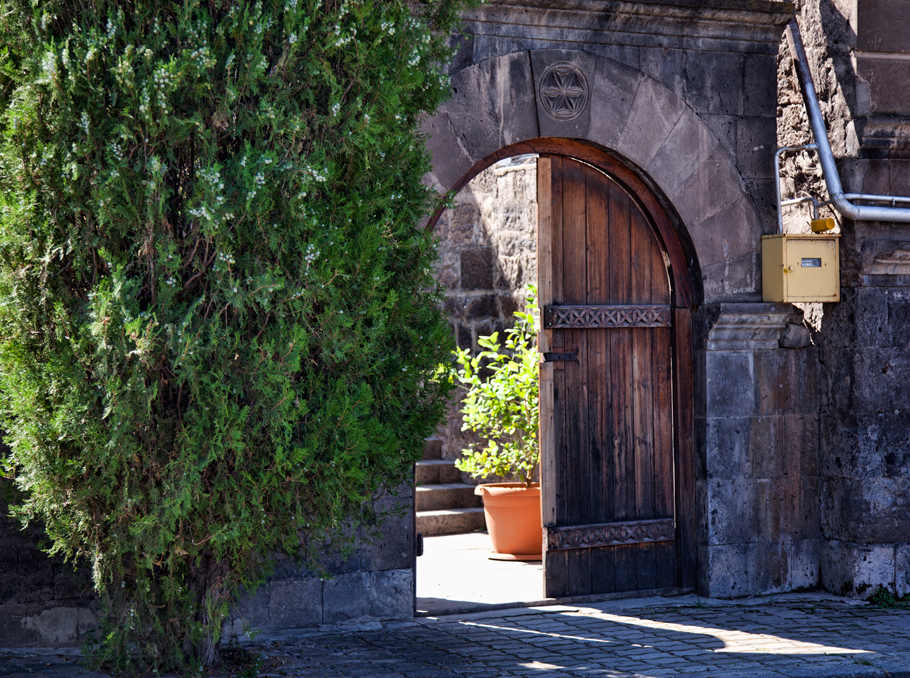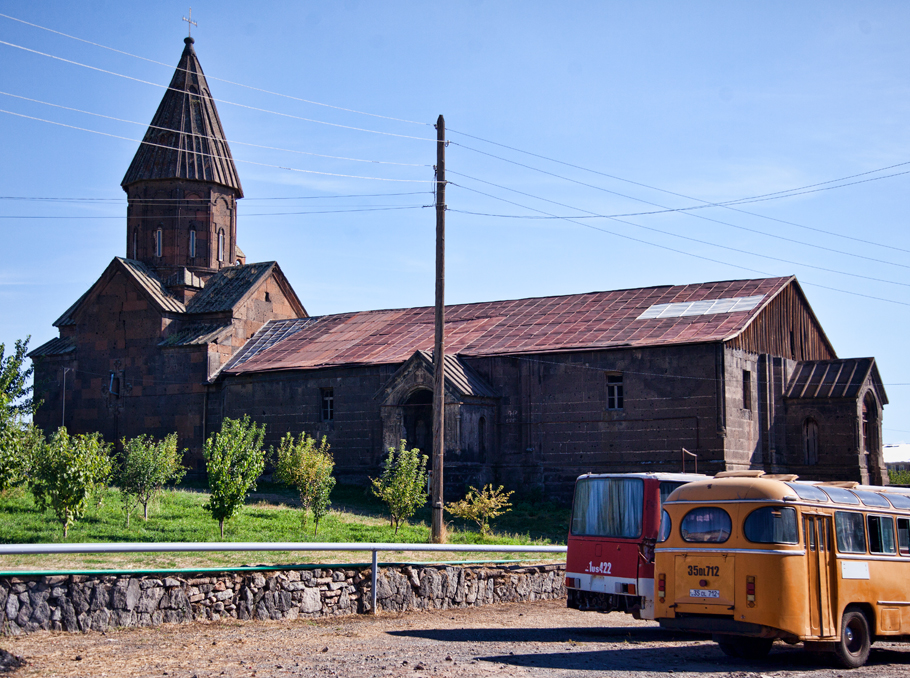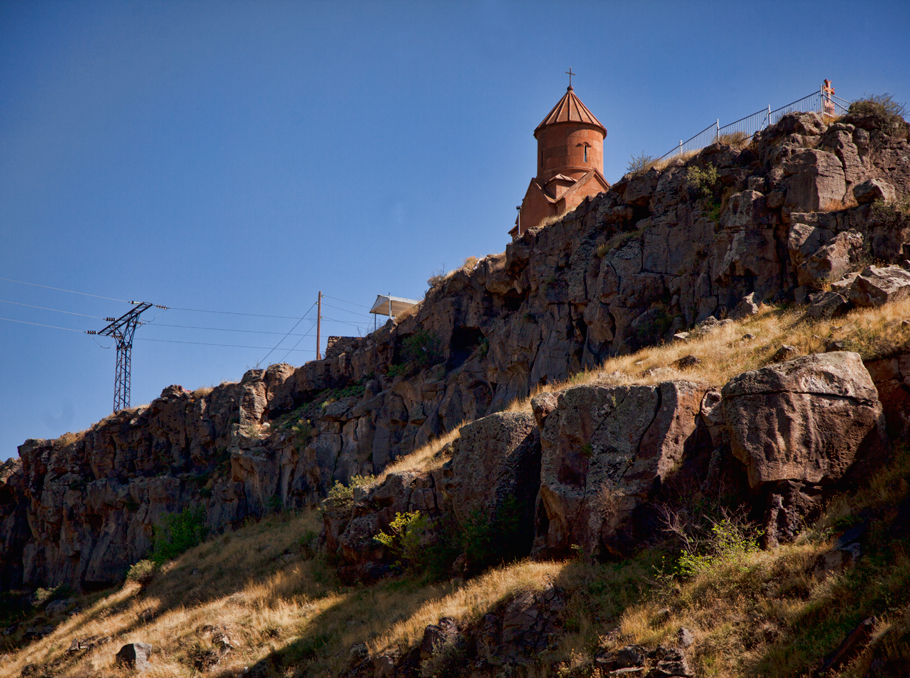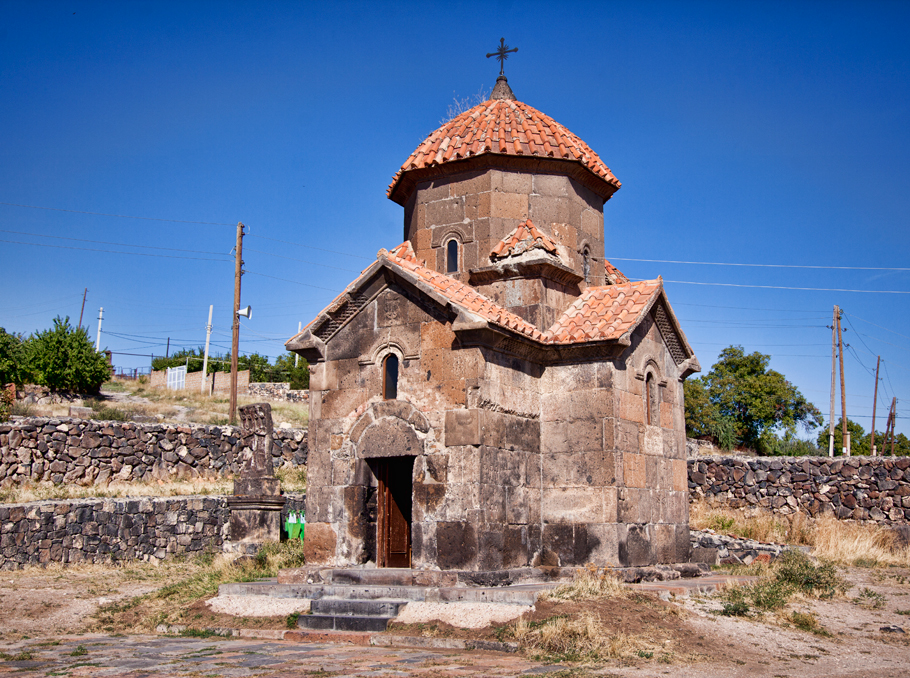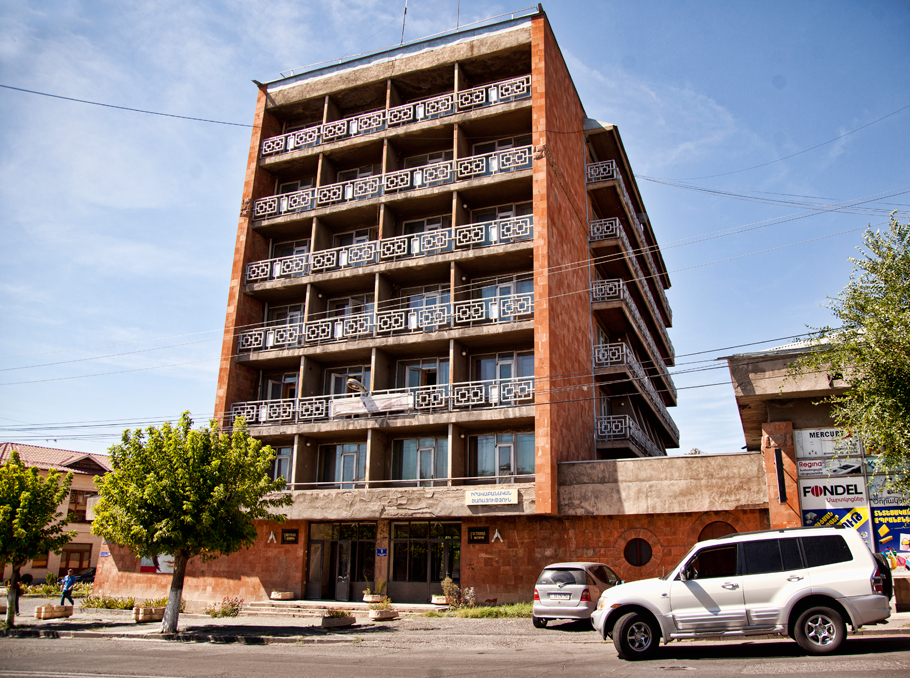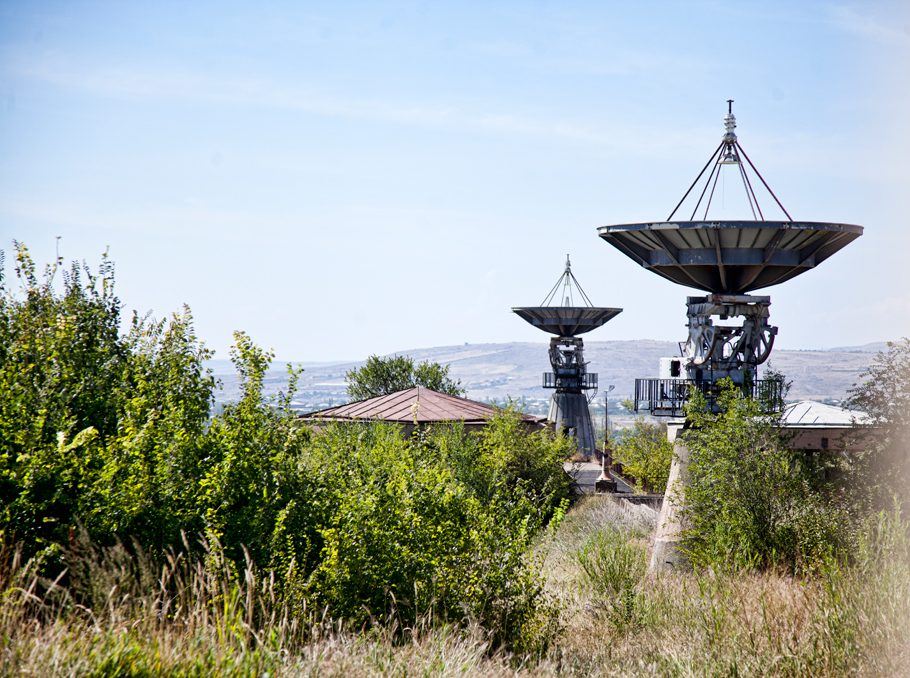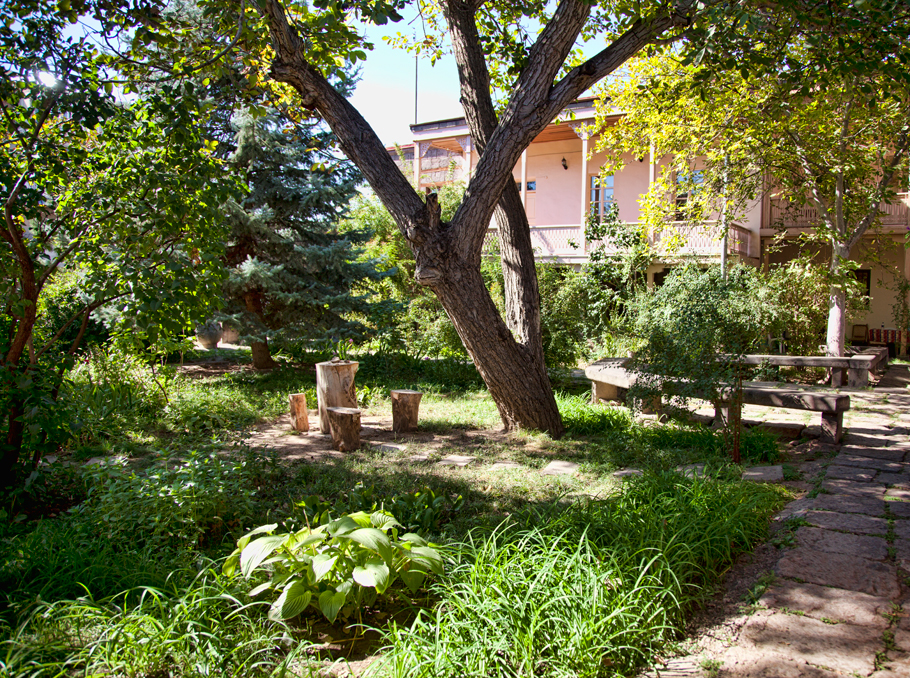Latest Listings
Related Listings
Close To You
Ashtarak City
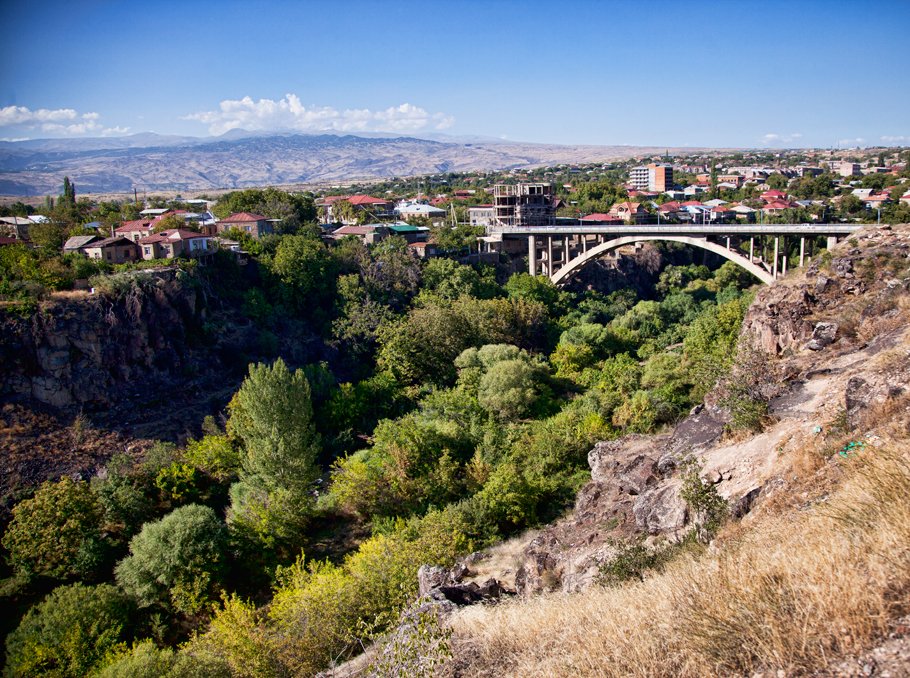
City
1100 m
Historical
Easy
📍 Area: Approximately 9 km²
👥 Population: Around 27,668 (as of 2024)
🏘️ Number of Communities: Includes 30 settlements
🛣️ Distance from Yerevan: About 20 km
🚗 Accessibility: Ashtarak is conveniently located just a 25-minute drive from Yerevan, accessible via the Yerevan-Gyumri highway. Visitors can reach the city by car or use the regular minibus services departing from Yerevan’s “Kilikia” bus station.
OVERVIEW
Ashtarak, the historical and cultural center of Aragatsotn Province, is located just 21 kilometers northwest of Yerevan. Its close proximity to the capital, rich layered history, and fresh air make it an ideal destination for a day trip, a leisurely walk, or cultural exploration. Though small in size, Ashtarak is culturally vibrant-renowned for its medieval churches, stone bridges, and picturesque landscapes.
ETYMOLOGY
The name "Ashtarak" has a complex and multilayered origin. In modern Armenian, it is associated with the common noun "ashtarak", of Iranian origin, meaning “a vertically rising structure,” “tower,” or “fortress turret.” Other theories link the toponym to mythological Armenian figures such as Shidar or to historical names like that of the Urartian king Sarduri. Sarduri II, the son of King Argishti I, is believed to have been active in the territory of present-day Ashtarak, which creates a possible historical connection between the name and that era. Some researchers also associate the name with the Phoenician expression Ashtar, derived from the Assyrian goddess Ishtar, the deity of love and fertility.
HISTORY
Ashtarak is first mentioned as a settlement in the 9th century, when it was part of the Aragatsotn province within the Ayrarat region of Greater Armenia. Nearby areas have revealed Bronze Age burial sites known as Nerkin and Verin Naver, where horse bones and archaeological artifacts have been discovered - materials associated with early Indo-European culture. From the 11th to the 15th centuries, Ashtarak experienced a series of foreign dominations, including invasions by the Seljuks, Mongols, Aq Qoyunlu, and Qara Qoyunlu tribes.
One of the most notable periods in Ashtarak’s history was under the rule of the Zakarian and Artsruni dynasties (12th-14th centuries), when the town became a center of economic and cultural development. It was during this era that the Spitakavor and Saint Marine churches were built, and khachkar (cross-stone) art reached its peak. In 1555, Ashtarak came under Persian rule and suffered the consequences of the Turkish-Persian wars of the 16th-17th centuries. Remarkably, the town was spared from the mass deportation organized by Shah Abbas I. In the latter half of the 18th century, Ashtarak faced multiple attacks by Lezgins. During the Russo-Persian wars (1804-1813 and 1826-1828), the residents of Ashtarak supported Russian troops. At the same time, Nerses Ashtaraketsi actively participated in organizing the resettlement of Armenians from Eastern Armenia and later became Catholicos of All Armenians. Under Soviet rule, from 1930 to 1995, Ashtarak served as the administrative center of the district of the same name, and it was granted city status in 1963. Following Armenia’s independence, it was designated as the administrative center of Aragatsotn Province in 1995.
ECONOMY
Ashtarak’s economy is based on a combination of industry, agriculture, and services. As the administrative center of Aragatsotn Province and located just 20 minutes from Yerevan, Ashtarak is developing as an economic and logistical hub. The city is home to numerous small and medium-sized enterprises. In the food industry, bread and pastry production, dairy processing, and canning are particularly prominent. Several wineries also operate in the area. Ashtarak and its surrounding villages form a vibrant agricultural zone. Grains, vegetables, and fruits are cultivated here, with orchard farming especially well developed. The city’s historical and cultural heritage, natural gorges, and medieval churches continue to promote the growth of tourism. Ashtarak is featured in many regional travel routes, drawing both domestic and international visitors.
ARCHITECTURE
Ashtarak’s architectural uniqueness is most prominently reflected in its small, cross-domed churches, built between the 5th and 7th centuries. These structures are characterized by harmonious proportions, simplicity, and architectural precision-showcasing the advanced level of early Armenian architecture.
The old residential houses in Ashtarak also stand out. Many of these home-estates are over 150 years old and embody the aesthetic of late 19th-century Armenian architecture, prior to the Soviet era. They feature wooden balconies, long stone-and-wood entrance doors, and decorative carvings embedded in their walls-offering a glimpse into a bygone era of craftsmanship.
The layout of Ashtarak’s streets is equally distinctive, shaped by both its historical evolution and geographical terrain. The city is divided into two main parts-right and left banks-separated by the Kasagh River. This division has played a significant role in the development of the city’s street network. The historical core lies on the river’s right bank, where streets are typically narrow, sloped, and often paved with stone. These pathways were developed organically, without a rigid city plan, and follow the natural landscape. This area retains the atmosphere of a traditional Armenian settlement, with small shops, narrow alleys, and winding lanes.
In contrast, the left bank of the city developed mainly during the Soviet era. Here, the streets are wider, straighter, and systematically planned according to Soviet urban design principles. Most of the high-rise buildings, schools, marketplaces, and cultural centers are located in this part of the city. The two banks are connected by several bridges, including the historic Old Bridge and the “Taza” Bridge. These structures not only link the physical parts of the city but also bridge its architectural and cultural past with its more modern present.
TOURISM
Ashtarak is built along both banks of the Kasagh River. The construction of the “Taza” Bridge in the 1950s unified the right and left banks of the town, shaping its current urban layout. Today, Ashtarak consists of several districts, including the historic core (Ashtarak proper), Mughni, Dzakh Aph (Left Bank), Gitavan, and Bagavan. The right bank retains traditional Armenian-style homes, while the left bank features typical Soviet-era apartment blocks built in the 1970s to accommodate families repatriated from the diaspora.
The old neighborhoods of Ashtarak breathe history-walking through them, you’ll come across inner courtyards, tuff-stone houses, and traditional wells. The city’s topography, sloping streets, and cliffside churches create a visually unique landscape. Ashtarak is also home to two prominent scientific institutions-the Institute of Radiophysics and Electronics and the Institute of Physical Research of the National Academy of Sciences-giving the city a distinctive academic profile.
The central square, where the statue of Catholicos of All Armenians Nerses Ashtaraketsi stands, is a good starting point for exploring the city. In recent years, the square has been renovated with new fountains, some shaped like trees. Not far from there stands the monument of writer Vardges Petrosyan, which marks the beginning of what was once known as the “Museum Street.” Today, the house-museum of academician Norair Sisakyan is still active, while the museum dedicated to linguist and historian Grigor Ghapantsyan has been relocated to a school named after him.
Below the bridge, right on the riverbank, sits the Mukhson Mill-once one of the largest in the Aragatsotn region. Although the area is now privatized, visitors can still enjoy the riverside views without using the private facilities. Just uphill lies the house-museum of writer Perch Proshyan, where personal belongings and relics are preserved, including a cane carved by his friend Ghazaros Aghayan-reportedly a playful symbol of their debates and friendship.
Near Proshyan’s museum stand Ashtarak’s three most iconic churches: Karmravor, Tsiranavor, and Spitakavor. According to local legend, they are linked to a tragic love story involving three sisters and a young man named Sargis. Each sister wore a dress of a different color-red, apricot, and white-and the churches were named after the colors they wore on the day of their deaths. This poetic tale has turned the gorge into not only a site of architectural importance but also one of emotional and mythical significance.
Of the three, Tsiranavor is the oldest. It was built on the foundations of a pre-Christian pagan temple and was later converted into a triple-nave basilica. Spitakavor is a small but elegant structure, with one of its entrances opening toward the cliff’s edge. Karmravor (Holy Mother of God Church) is the only church in Armenia to have preserved its original red-tile roof and is notable for its stunning dome and sacred ambiance.
On the edge of the picturesque Kasagh Gorge lies the Old Bridge of Ashtarak-one of the largest medieval stone bridges in Armenia. According to 17th-century historian Arakel of Tabriz, the bridge was constructed in 1664 by merchant Khoja Grigor from the Motsakents family. An inscription originally carved between the middle and main arches on the façade wall (now plastered over) attests to its history. Spanning a length of 76.2 meters, the bridge has preserved its original structure and durability for centuries. The latest restoration was completed in 2004. Today, it serves not only as a functional crossing but also as a scenic overlook that bridges Ashtarak’s natural and architectural beauty. From the bridge, visitors are treated to panoramic views of the gorge, with the sound of flowing water adding to the tranquility of the setting.
Right beside the bridge, on the cliff’s edge, stands the Stone Bathhouse-a historical monument closely woven into Ashtarak’s past. Built in 1900, it was the city’s first stone bathhouse and was often referred to as the “poor people's bath.” The simple, single-story structure includes a Soviet-era five-pointed star with a hammer and sickle carved above the entrance, marking the building’s layered historical identity.
CULTURE
For centuries, Ashtarak has been a center of literature and education. The city is the birthplace of renowned writers and intellectuals such as Perch Proshyan, Vardges Petrosyan, and linguist Grigor Ghapantsyan. Their house-museums still operate today, serving not only as spaces for remembrance but also as cultural and educational platforms for schoolchildren and visitors alike.
Ashtarak’s cultural identity is deeply rooted in its spiritual heritage. The city is home to several churches of historical and architectural significance, including Karmravor, Spitakavor, Tsiranavor, and Saint Marine. These sacred sites are not only places of worship but also monuments of artistic value, around which folklore, legends, and traditional celebrations have evolved over the centuries.
During the Soviet era, Ashtarak enjoyed an active theatrical scene. A local amateur theater group was in operation, and the city’s cultural house regularly hosted both local productions and touring performances from Yerevan. While there is no permanent theater group today, cultural events continue to be organized-especially during state and religious holidays.
Ashtarak is also known for its tradition of khachkar (cross-stone) carving. This art form flourished particularly during the Zakarian and Artsruni periods, and the tradition lives on to this day. Throughout the city, visitors can find numerous intricately carved khachkars created by master artisans.
A number of traditional festivals are still observed in Ashtarak, including Vardavar, Khachverats, and Tyarnendaraj. These celebrations feature folk games, concerts, and local festivals centered around wine and khash (a traditional Armenian dish), blending ancient customs with modern entertainment culture.
Facilities
Nearby
Perched on the edge of the Kasagh River gorge, Saghmosavank was built in the 13th century by the Vachutyan princely family. The monastery stands out for its harmonious architectural composition and breathtaking views of the gorge. It once served as a major literary and spiritual center.
Located in the village of Ohanavan, this monastic complex is considered one of the gems of medieval Armenian architecture. Built between the 4th and 13th centuries, the monastery is adorned with frescoes and khachkars (cross-stones), and overlooks a stunning stretch of the Kasagh River gorge
One of the oldest churches in Ashtarak, Tsiranavor dates back to the 5th–6th centuries. Built from reddish tuff stone and lacking a dome, the church interior evokes a mystical silence that invites quiet contemplation.
Constructed from light-colored tuff stone, Spitakavor stands right at the edge of the Kasagh River gorge. Though modest in size, the church’s form and dramatic location create a deeply atmospheric and sacred environment.
Built in the 7th century, Karmravor is unique for its preserved red tile roof-a rare feature among Armenia’s medieval churches. Small and exquisitely proportioned, it is one of Ashtarak’s most iconic architectural treasures.

